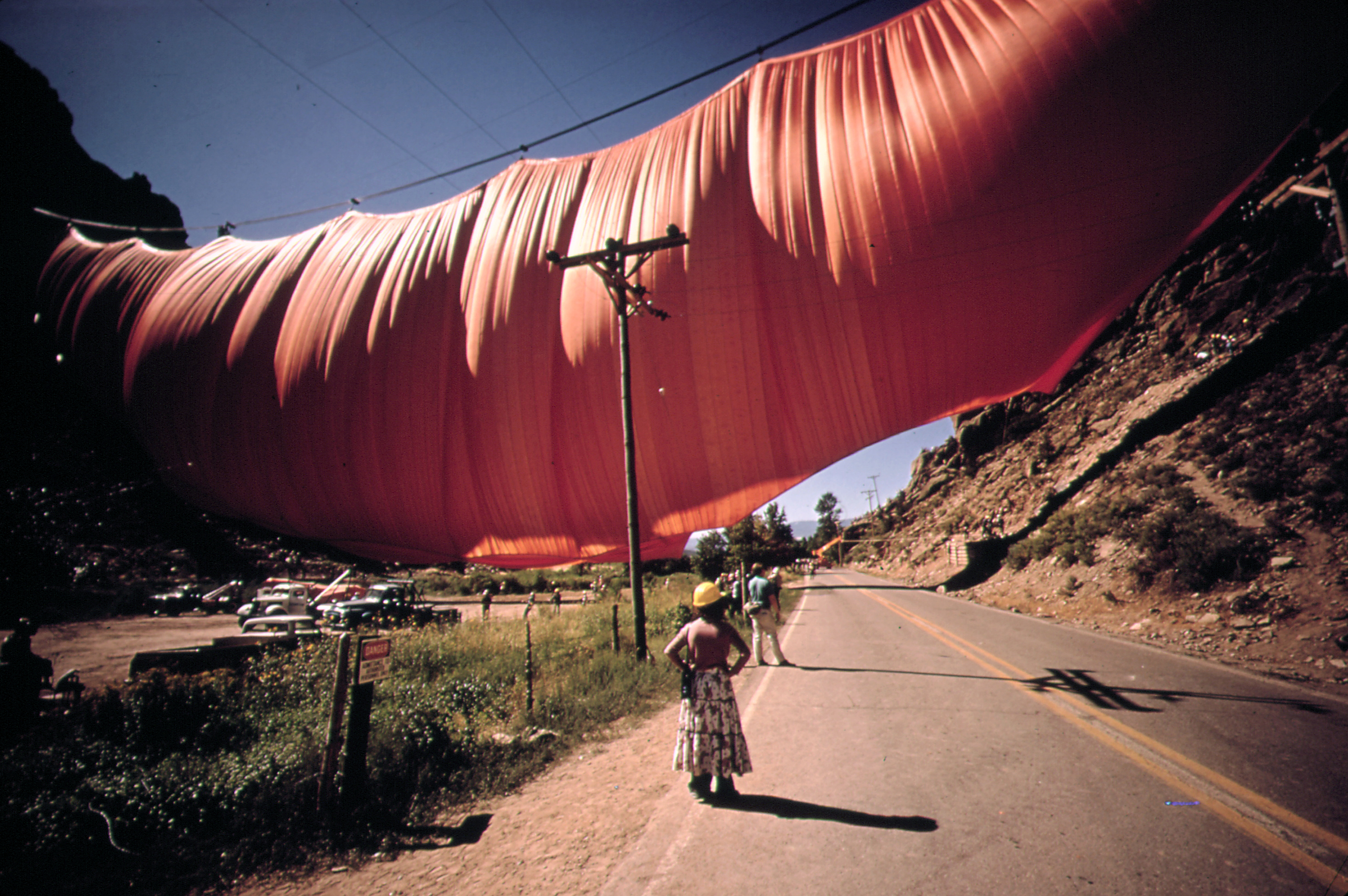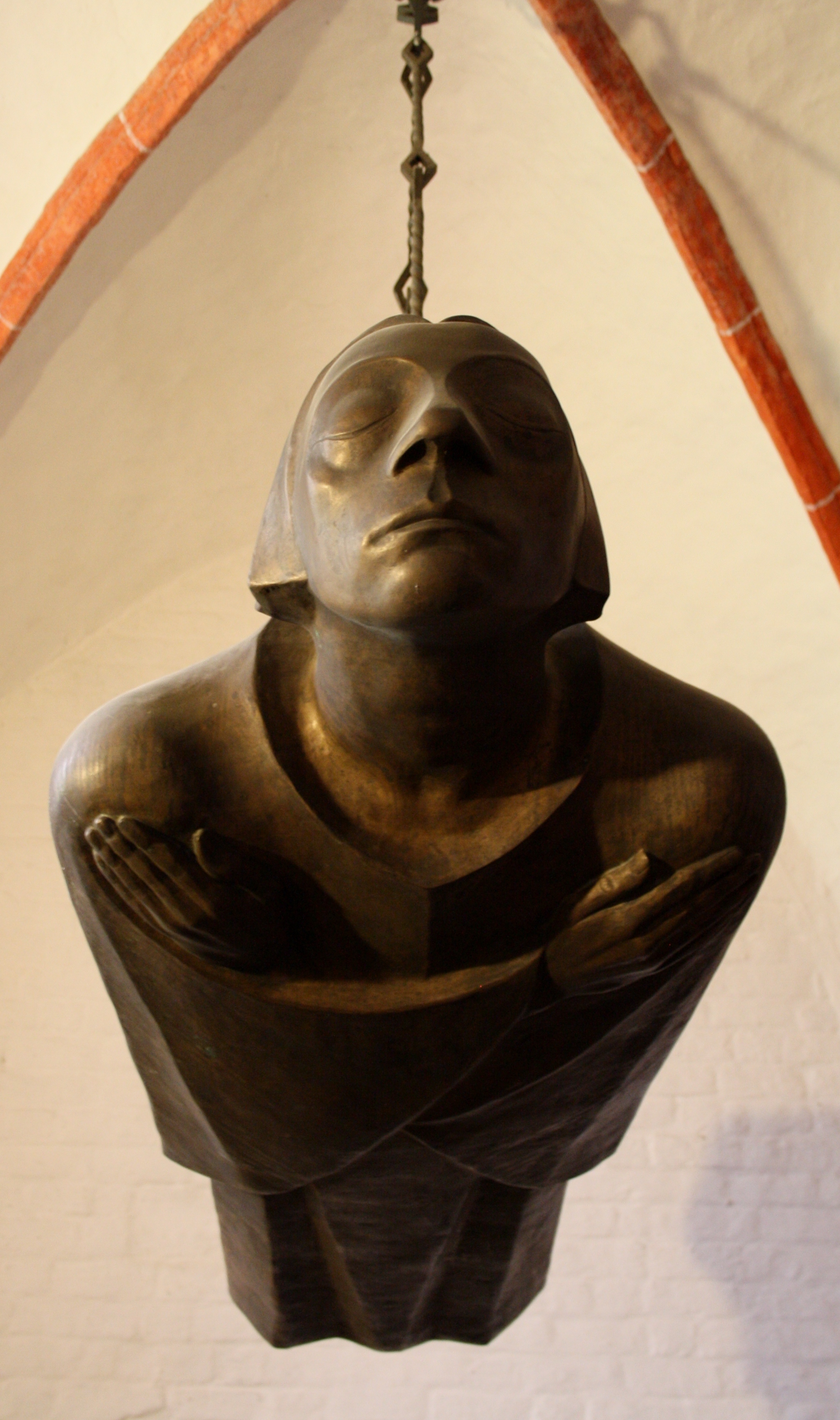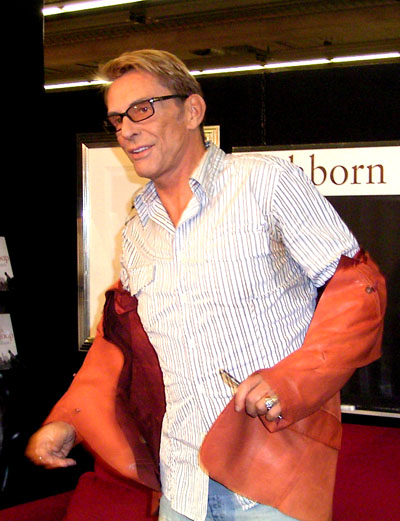|
Rostock Art Gallery
The Rostock Art Gallery () was opened on 15 May 1969 as a museum of contemporary art in Rostock in the German federal state of Mecklenburg-Vorpommern. It is in the grounds of the park around the Schwanenteich lake in the quarter of Reutershagen. Exhibitions *Georg Baselitz, Gotthard Graubner, Gerhard Richter, Günther Uecker — ''Credo'' — paintings * Andreas Mühe — photography *Otto Niemeyer-Holstein — ''Evviva la pittura'' — Es lebe die paintings — paintings *Richard Serra — ''Paperworks'' — sketches and printed graphic art *Walter Schels and Beate Lakotta — ''Noch mal Leben'' — photography and texts * Norbert Bisky, Peggy Buth, Katharina Grosse, Gregor Hildebrandt, Antje Majewski, Thomas Rentmeister, Thomas Scheibitz and Amelie von Wulffen — ''Portfolio Berlin 01'' — paintings and objects *Paolo Roversi — ''Studio'' — photography * A. R. Penck — ''Werke aus der Sammlung Böckmann'' — paintings *Pop-Art aus dem Reich der Mitte — ''All the g ... [...More Info...] [...Related Items...] OR: [Wikipedia] [Google] [Baidu] |
Thomas Rentmeister
Thomas Rentmeister (born 4 March 1964) is a German artist. He currently lives in Berlin and teaches at the Braunschweig University of Art (Hochschule für Bildende Künste Braunschweig). Biography Rentmeister studied from 1987 to 1993 at the Kunstakademie Düsseldorf where he was taught by Günther Uecker and Alfonso Hüppi. In 1999 he became a lecturer at the Kunsthochschule Kassel. He taught at the Berlin University of the Arts from 2002 to 2004 and at the Kunsthochschule Berlin-Weißensee from 2005–2006. He became a lecturer at the Hochschule für Bildende Künste Braunschweig in 2007 and was promoted to professor in 2009. Work Rentmeister has become known to a larger audience with his high-gloss polyester sculptures which look like oversized blobs or comic figures. Beginning in 1999, he has worked repeatedly with Nutella Spread and Penaten Baby Cream. He adopts “a set of industrially mass-produced domestic materials as units or building blocks, from sugar cubes ... [...More Info...] [...Related Items...] OR: [Wikipedia] [Google] [Baidu] |
Museums In Mecklenburg-Western Pomerania
A museum is an institution dedicated to displaying or preserving culturally or scientifically significant objects. Many museums have exhibitions of these objects on public display, and some have private collections that are used by researchers and specialists. Museums host a much wider range of objects than a library, and they usually focus on a specific theme, such as the arts, science, natural history or local history. Public museums that host exhibitions and interactive demonstrations are often tourist attractions, and many draw large numbers of visitors from outside of their host country, with the most visited museums in the world attracting millions of visitors annually. Since the establishment of the earliest known museum in ancient times, museums have been associated with academia and the preservation of rare items. Museums originated as private collections of interesting items, and not until much later did the emphasis on educating the public take root. Etymology Th ... [...More Info...] [...Related Items...] OR: [Wikipedia] [Google] [Baidu] |
Contemporary Art Galleries In Germany
Contemporary history, in English-language historiography, is a subset of modern history that describes the historical period from about 1945 to the present. In the social sciences, contemporary history is also continuous with, and related to, the rise of postmodernity. Contemporary history is politically dominated by the Cold War (1947–1991) between the Western Bloc, led by the United States, and the Eastern Bloc, led by the Soviet Union. The confrontation spurred fears of a nuclear war. An all-out "hot" war was avoided, but both sides intervened in the internal politics of smaller nations in their bid for global influence and via proxy wars. The Cold War ultimately ended with the Revolutions of 1989 and the dissolution of the Soviet Union in 1991. The latter stages and aftermath of the Cold War enabled the democratization of much of Europe, Africa, and Latin America. Decolonization was another important trend in Southeast Asia, the Middle East, and Africa as new states ga ... [...More Info...] [...Related Items...] OR: [Wikipedia] [Google] [Baidu] |
Art Museums And Galleries Established In 1969
Art is a diverse range of cultural activity centered around ''works'' utilizing creative or imaginative talents, which are expected to evoke a worthwhile experience, generally through an expression of emotional power, conceptual ideas, technical proficiency, or beauty. There is no generally agreed definition of what constitutes ''art'', and its interpretation has varied greatly throughout history and across cultures. In the Western tradition, the three classical branches of visual art are painting, sculpture, and architecture. Theatre, dance, and other performing arts, as well as literature, music, film and other media such as interactive media, are included in a broader definition of "the arts". Until the 17th century, ''art'' referred to any skill or mastery and was not differentiated from crafts or sciences. In modern usage after the 17th century, where aesthetic considerations are paramount, the fine arts are separated and distinguished from acquired skills in general, ... [...More Info...] [...Related Items...] OR: [Wikipedia] [Google] [Baidu] |
Tourist Attractions In Rostock
Tourism is travel for pleasure, and the commercial activity of providing and supporting such travel. UN Tourism defines tourism more generally, in terms which go "beyond the common perception of tourism as being limited to holiday activity only", as people "travelling to and staying in places outside their usual environment for not more than one consecutive year for leisure and not less than 24 hours, business and other purposes". Tourism can be domestic (within the traveller's own country) or international. International tourism has both incoming and outgoing implications on a country's balance of payments. Between the second half of 2008 and the end of 2009, tourism numbers declined due to a severe economic slowdown (see Great Recession) and the outbreak of the 2009 H1N1 influenza virus. These numbers, however, recovered until the COVID-19 pandemic put an abrupt end to the growth. The United Nations World Tourism Organization has estimated that global international tourist a ... [...More Info...] [...Related Items...] OR: [Wikipedia] [Google] [Baidu] |
Christo And Jeanne-Claude
Christo Vladimirov Javacheff (1935–2020) and Jeanne-Claude Denat de Guillebon (1935–2009), known as Christo and Jeanne-Claude, were artists noted for their large-scale, site-specific environmental installations, often large landmarks and landscape elements wrapped in fabric, including the '' Wrapped Reichstag'', '' The Pont Neuf Wrapped'', '' Running Fence'' in California, and ''The Gates'' in New York City's Central Park. Born in Bulgaria and Morocco, respectively, the pair met and married in Paris in the late 1950s. Originally working under Christo's name, they later credited their installations to both "Christo and Jeanne-Claude". Until his own death in 2020, Christo continued to plan and execute projects after Jeanne-Claude's death in 2009. Their work was typically large, visually impressive, and controversial, often taking years and sometimes decades of careful preparation – including technical solutions, political negotiation, permitting and environmental appro ... [...More Info...] [...Related Items...] OR: [Wikipedia] [Google] [Baidu] |
Camille Claudel
Camille Rosalie Claudel (; 8 December 1864 19 October 1943) was a French sculptor known for her figurative works in bronze and marble. She died in relative obscurity, but later gained recognition for the originality and quality of her work. The subject of several biographies and films, Claudel is well known for her sculptures including ''The Waltz (Claudel), The Waltz'' and ''The Mature Age''. The national Musée Camille Claudel, Camille Claudel Museum in Nogent-sur-Seine opened in 2017. Claudel was a longtime associate of sculptor Auguste Rodin, and the Musée Rodin in Paris has a room dedicated to her works. Sculptures created by Claudel are also held in the collections of several major museums including the Musée d'Orsay in Paris, the Courtauld Institute of Art in London, the National Museum of Women in the Arts in Washington, D.C., the Philadelphia Museum of Art, and the J. Paul Getty Museum in Los Angeles. Early years Camille Claudel was born in Fère-en-Tardenois, Ais ... [...More Info...] [...Related Items...] OR: [Wikipedia] [Google] [Baidu] |
Robert Rauschenberg
Milton Ernest "Robert" or "Bob" Rauschenberg (October 22, 1925 – May 12, 2008) was an American painter and graphic artist whose early works anticipated the Pop art movement. Rauschenberg is well known for his Combine painting, Combines (1954–1964), a group of artworks which incorporated everyday objects as art materials and which blurred the distinctions between painting and sculpture. Rauschenberg was primarily a painter and a sculptor, but he also worked with photography, printmaking, papermaking and performance. Rauschenberg received numerous awards during his nearly 60-year artistic career. Among the most prominent were the International Grand Prize in Painting at the 32nd Venice Biennale in 1964 and the National Medal of Arts in 1993. Rauschenberg lived and worked in New York City and on Captiva Island, Florida, until his death on May 12, 2008. Life and career Rauschenberg was born Milton Ernest Rauschenberg in Port Arthur, Texas, the son of Dora Carolina (née Matso ... [...More Info...] [...Related Items...] OR: [Wikipedia] [Google] [Baidu] |
Ernst Barlach
Ernst Heinrich Barlach (2 January 1870 – 24 October 1938) was a German Expressionism, expressionist sculptor, medallist, printmaker and writer. Although he was a supporter of the war in the years leading to World War I, his participation in the conflict made him change his position, and he is mostly known for his sculptures protesting against the war. This created many conflicts during the rise of the Nazi Party, when most of his works were confiscated as degenerate art. Stylistically, his literary and artistic work would fall between the categories of twentieth-century Realism (arts), Realism and Expressionism. Biography Youth Barlach was born in Wedel, Province of Schleswig-Holstein, Holstein, Kingdom of Prussia, the oldest of the four sons of Johanna Luise Barlach (née Vollert, 1845–1920) and the physician Dr. Georg Barlach (1839–1884). His early childhood was spent in Schönberg (Ebringen), Schönberg (Mecklenburg), where his father had practiced since 1872. In the f ... [...More Info...] [...Related Items...] OR: [Wikipedia] [Google] [Baidu] |
Paul Wunderlich
Paul Wunderlich (10 March 1927 in Eberswalde – 6 June 2010 in Saint-Pierre-de-Vassols) was a German painter, sculptor and graphic artist. He designed Surrealist paintings and erotic sculptures. He often created paintings which referred to mythological legends. Background Wunderlich was the second child of Horst and Gertrude (née Arendt) Wunderlich. After a time as Flakhelfer and a prisoner of war, he moved to his mother in Eutin, graduated from the Johann Heinrich Voss Gymnasium, and then visited the Palace School of Art in the Orangery of Eutin Castle. In 1947 he became a student at the Landeskunstschule in Hamburg, where he was in the Free Graphics class of William Tietze. His classmates included Horst Janssen and Reinhard Drenkhahn. After a hiatus, Wunderlich began studying again in 1950 with Willem Grimm and graduated in 1951. He then worked as a lecturer at the Hochschule für bildende Künste Hamburg, teaching lithography and etching. Also in 1951 he printed fo ... [...More Info...] [...Related Items...] OR: [Wikipedia] [Google] [Baidu] |
Wolfgang Joop
Wolfgang Joop (born 18 November 1944) is a German fashion designer. He is the founder of the fashion and cosmetics company JOOP! as well as the fashion brand Wunderkind. Early life Joop was born in Potsdam to editor and author and his wife Charlotte. He grew up on his grandparents' farm in Bornstedt until 1954, when his family moved to Braunschweig, where his father had been hired as chief-editor of cultural magazine ''Westermanns Monatshefte''. During the GDR period, Ulla Ebert, the sister of Joop's mother, lived in the property and was financially supported for its preservation by the family from the West. After the German reunification, Joop's parents moved back to Bornstedt. After getting his Abitur in 1964 at the Wilhelm-Gymnasium in Braunschweig, Joop began studies in advertising-psychology in 1966 at the Braunschweig University of Technology, which he did not finish. After dropping out, he worked as a restorer. In 1968, he began studies in art education that he also ... [...More Info...] [...Related Items...] OR: [Wikipedia] [Google] [Baidu] |









